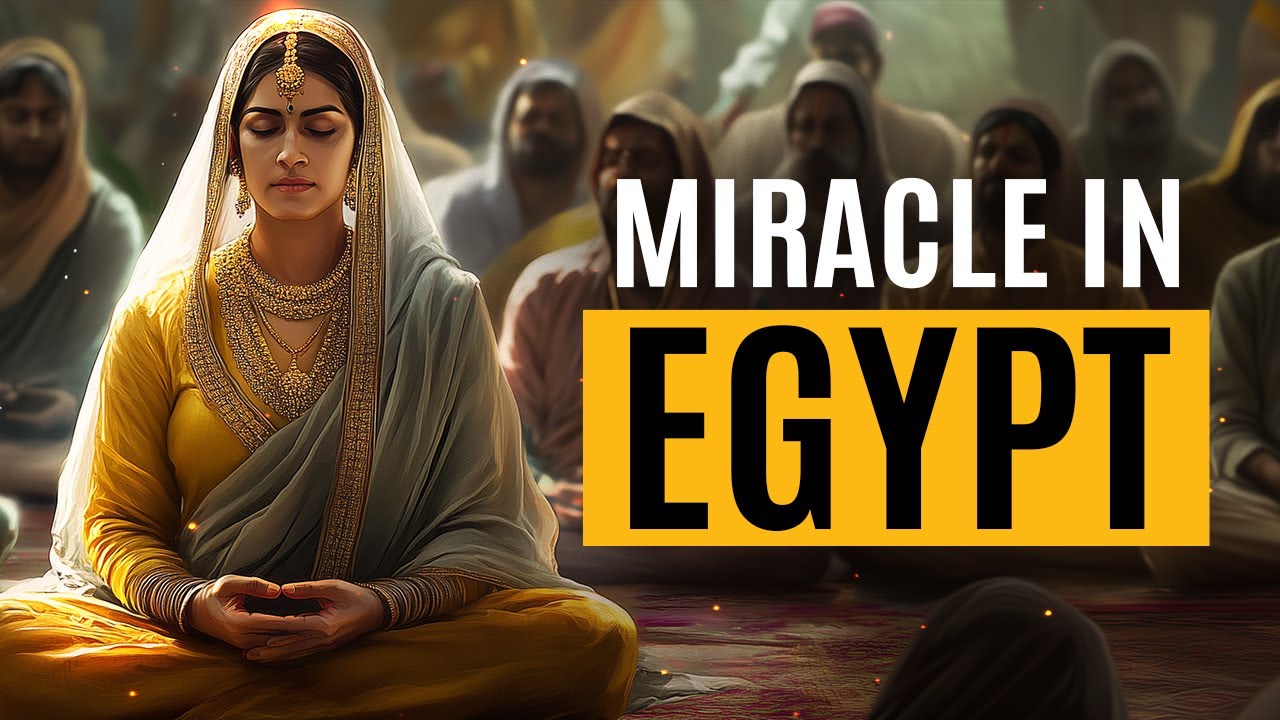PB | Class 10 | Punjabi | Vartak Bhag | Chapter 2 | Ghar Da Pyar (PSEB)
Summary
TLDRThe script is a heartfelt narrative that delves into the significance of love and compassion, as exemplified by the life and teachings of Guru Nanak Dev Ji. It describes the daily rituals of visiting the Gurudwara and the impact of spiritual guidance on one's life. The story also touches upon the transformative power of love and how it can overcome societal barriers, as seen through the eyes of a child who learns valuable life lessons from the teachings of Guru Nanak Dev Ji. The narrative is interspersed with music, emphasizing the emotional depth and cultural richness of the message.
Takeaways
- 😀 The script discusses the importance of selfless love and service, emphasizing the teachings of Guru Nanak Sahib.
- 🏫 It highlights the need for regular visits to the Gurudwara, a place of worship for Sikhs, to maintain spiritual discipline.
- 🙏 The narrative touches upon the concept of 'Kar Seva', which is selfless service performed in a Gurudwara, often without any expectation of reward.
- 🌱 The script suggests that one should be mindful of their actions and intentions, as these can significantly impact their spiritual journey.
- 👨👩👧👦 It mentions the role of parents and the community in instilling values and discipline in children from a young age.
- 🌟 The text praises the life and teachings of Sant Teja Singh, who is remembered for his contributions to Sikh literature and philosophy.
- 📚 There is a reference to the teachings of Guru Nanak, which are said to guide people towards a life of simplicity, humility, and love.
- 👶 The script emphasizes the importance of nurturing children with love and care, and the impact it can have on their character development.
- 🙏 It speaks about the transformative power of prayer and the recitation of hymns, which are believed to bring peace and spiritual growth.
- 🌐 The narrative also touches upon the global reach of Sikh teachings, highlighting the universal appeal of the principles of love, equality, and service.
Q & A
What is the main theme of the script?
-The main theme of the script revolves around the importance of love, compassion, and the impact of religious and cultural practices on individuals and society.
Who is the author mentioned in the script?
-The author mentioned in the script is Principal Teja Singh, a writer.
What is the significance of the evening visits to the Gurudwara mentioned in the script?
-The evening visits to the Gurudwara symbolize a routine practice that brings people together in prayer and reflection, highlighting the importance of spiritual connection in daily life.
What does the script suggest about the role of education in shaping young minds?
-The script emphasizes that education should be about instilling values and ideals, rather than just academic knowledge, to help children grow into compassionate and responsible individuals.
What is the message conveyed about the treatment of women and children in the script?
-The script conveys a strong message against the mistreatment of women and children, advocating for their rights and the need for a change in societal attitudes towards them.
How does the script describe the impact of Guru Nanak's teachings?
-The script describes the teachings of Guru Nanak as a guiding light that can help people lead a righteous life and overcome the challenges of the world.
What is the significance of the 'Kurbania' mentioned in the script?
-The 'Kurbania' mentioned in the script refers to the selfless acts of devotion and sacrifice, highlighting the importance of selflessness and dedication in spiritual practice.
What does the script say about the importance of remembering one's roots and cultural heritage?
-The script underscores the importance of remembering one's roots and cultural heritage as a means to maintain a connection with one's identity and values.
What is the role of the 'Pind' in the script?
-The 'Pind' in the script represents the homeland or the place of origin, symbolizing the emotional and cultural ties that bind individuals to their ancestral land.
How does the script portray the concept of 'Daya' or compassion?
-The script portrays 'Daya' or compassion as a fundamental human virtue that has the power to transform lives and foster a sense of unity and understanding among people.
What is the message about the importance of community and collective responsibility in the script?
-The script conveys the message that community and collective responsibility are crucial for societal progress and the well-being of individuals, emphasizing the need for people to support and uplift one another.
Outlines

此内容仅限付费用户访问。 请升级后访问。
立即升级Mindmap

此内容仅限付费用户访问。 请升级后访问。
立即升级Keywords

此内容仅限付费用户访问。 请升级后访问。
立即升级Highlights

此内容仅限付费用户访问。 请升级后访问。
立即升级Transcripts

此内容仅限付费用户访问。 请升级后访问。
立即升级5.0 / 5 (0 votes)






